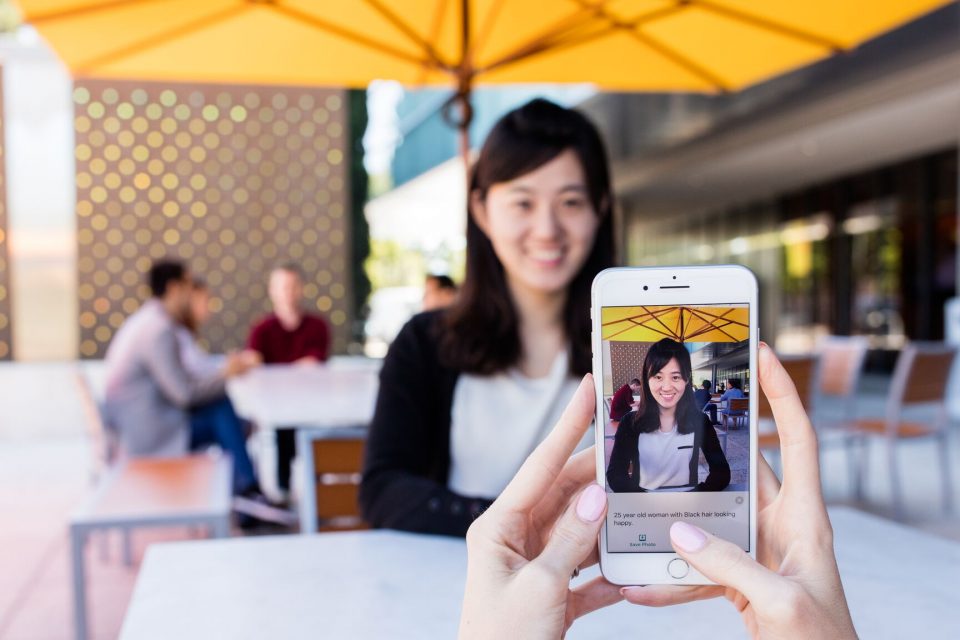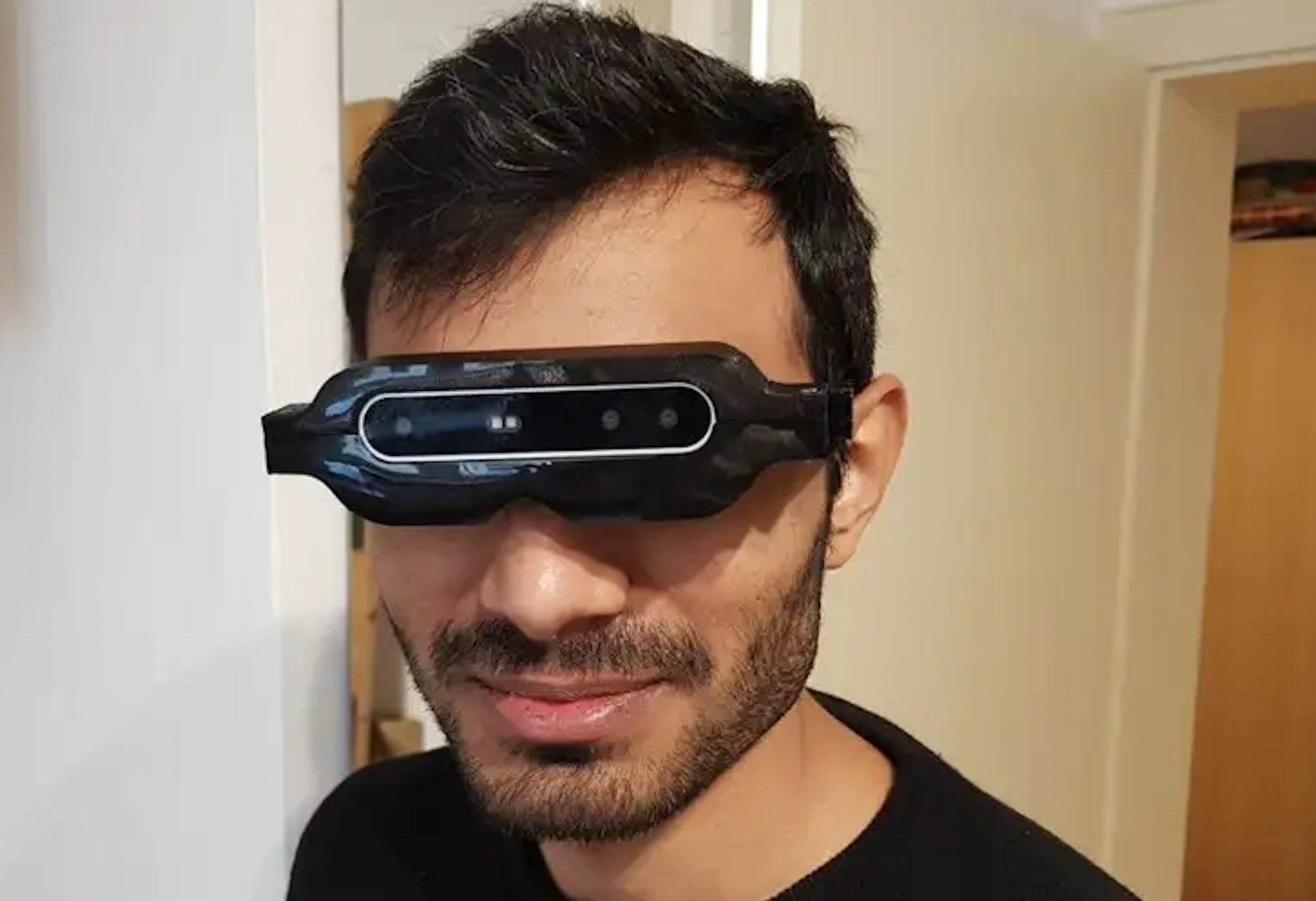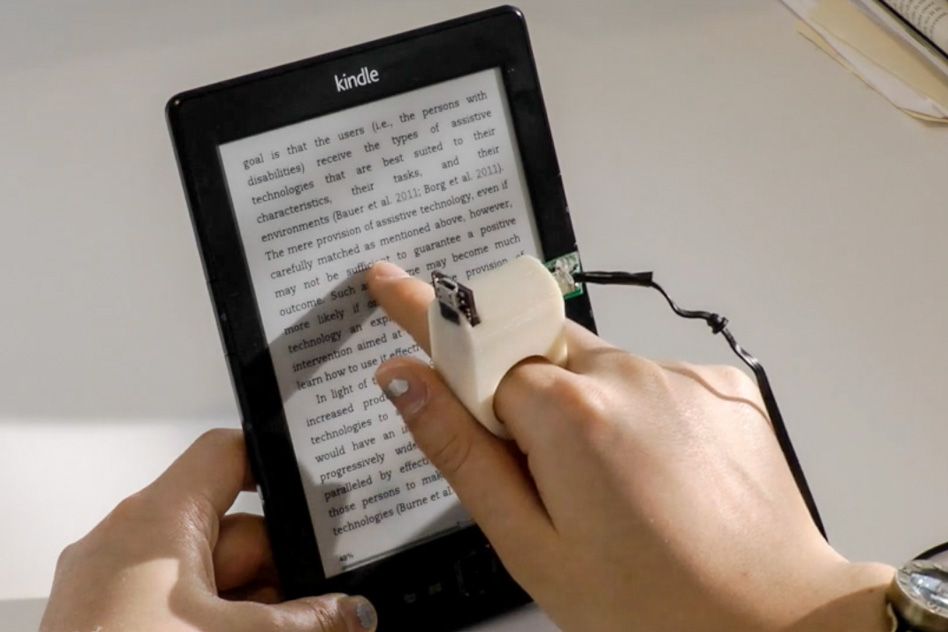Braille Displays and Notetakers: Must-Have Tools for Learning and Work
Braille Displays and Notetakers: Must-Have Tools for Learning and Work
Blog Article
Discover Ingenious Devices Designed for the Aesthetically Damaged
The advancement of ingenious tools for the aesthetically damaged stands for a substantial development in accessibility and independence. Technologies such as clever glasses with AI capabilities and mobile applications made to offer auditory summaries are reshaping daily experiences for customers.
Smart Glasses for Navigating

Smart glasses made for navigating are revolutionizing the way visually impaired people connect with their atmosphere. These advanced tools use a mix of electronic camera innovation, expert system, and acoustic feedback to offer real-time info regarding environments. By utilizing challenge detection systems, wise glasses can notify individuals to prospective hazards, allowing safer mobility in both familiar and unfamiliar setups.
The integration of GPS innovation further improves navigation capabilities, enabling individuals to get auditory directions as they move. This hands-free method not just promotes freedom however also encourages aesthetically impaired individuals to browse metropolitan landscapes with enhanced confidence. Furthermore, several wise glasses are outfitted with features that identify spots and road indicators, offering contextual details that enhances the user experience.
In addition, the growth of these tools is consistently advancing, with firms working to enhance the precision of item acknowledgment and broaden the variety of navigational features. As wise glasses come to be a lot more easily accessible and inexpensive, they hold the prospective to substantially change daily life for aesthetically impaired customers. Inevitably, these innovative tools stand for an important step towards inclusivity, offering boosted wheelchair and a better feeling of autonomy for people navigating the globe around them.

Mobile Apps for Daily Living
How can mobile applications enhance the every day lives of visually impaired individuals? Mobile applications are transforming the way visually damaged individuals browse their atmospheres, manage daily jobs, and access details. These applications offer essential assistance through various functionalities, fostering independence and boosting top quality of life.
Numerous innovative mobile apps are created especially for daily living. Applications like Be My Eyes link visually damaged users with sighted volunteers via video calls, permitting them to obtain real-time assistance with tasks such as checking out tags or navigating unfamiliar areas. Similarly, Seeing AI, created by Microsoft, utilizes fabricated knowledge to explain environments, reviewed message, and determine things, properly changing a mobile phone right into an effective tool for day-to-day assistance.
Additionally, navigating apps tailored for the visually impaired, such as Aira and BlindSquare, offer audio-based directions and environmental information, allowing users to traverse their surroundings securely and with confidence. Past navigation and prompt support, mobile applications additionally sustain organization and task monitoring, with functions that aid customers set suggestions, produce order of business, and track visits. In summary, mobile applications act as essential resources, equipping aesthetically damaged individuals to lead more independent and satisfying lives.
Wearable Technologies for Support
Empowerment with technology is significantly apparent in the realm of wearable devices developed to assist visually impaired people. These cutting-edge tools incorporate seamlessly right into daily life, improving navigation and supplying important feedback to users. Smart glasses outfitted with cams can recognize faces and read message out loud, permitting users to connect even more confidently in professional and social setups.
Another significant development is making use of haptic comments systems in wearable tools. These systems make use of resonances or other responsive signals to communicate information about the customer's environment, such as challenges or changes in terrain, enhancing wheelchair and safety and security. Wearable innovations additionally include wristbands that attach to smartphones, you could try this out informing customers to alerts with subtle vibrations, therefore enhancing connectivity without dependence on aesthetic hints.
As these technologies proceed to develop, they are not only improving freedom for visually damaged individuals but also cultivating a better feeling of addition in culture. By linking the void in between challenges encountered in everyday living and the potential for autonomy, wearable innovations offer as pivotal devices in the mission for equal rights and empowerment for those with aesthetic impairments.
Sound Description Tools
Sound summary devices play an important function in improving accessibility for visually damaged individuals, offering them with the capacity to engage with aesthetic media. Mobility aids for visually impaired users. These devices use narrated summaries of vital aesthetic elements in movies, tv programs, and live performances, making sure that users can totally comprehend the context and feelings shared via visuals
Sound description can be incorporated into different systems, including streaming solutions, movie theater screenings, and live movie theater. Many preferred streaming services currently consist of audio summary as an availability function, permitting customers to choose it quickly. In addition to traditional media, specialized apps also exist, offering audio summaries for art events, museums, and various other social events.
The effectiveness of audio description pivots on the skill of the storytellers, that should convey visual information succinctly without detracting from the original sound. Technologies in this area are additionally leading the way for more tailored experiences, where customers can change the degree of detail and pacing according to their preferences.
Braille Innovations and Tools
Braille gadgets and innovations have actually significantly changed the way aesthetically damaged people connect with message and details. Modern innovations have brought about the advancement of versatile devices that enhance literacy and self-reliance amongst customers. Significantly, Braille present technologies have actually developed, enabling vibrant analysis experiences. These tools convert electronic text right into Braille, enabling individuals to access a substantial selection of information on computers, tablets, and smartphones.
Additionally, portable Braille notetakers combine conventional Braille input with modern functionalities, helping with note-taking, organizing, and paper modifying on the move. Smart glasses for dr eye the visually impaired. These small gadgets frequently feature text-to-speech capabilities, bridging the gap between Braille and acoustic info
Additionally, ingenious Braille printers have arised, permitting users to create Braille tags, documents, and instructional materials efficiently. This accessibility cultivates better participation in expert and educational atmospheres, ultimately advertising inclusivity.
In addition, research study into wise Braille technologies remains to broaden. Tools that integrate go to this website expert system are being discovered to give real-time navigation support and contextual information, boosting the individual experience in varied setups. Generally, these advancements reflect a commitment to encouraging aesthetically damaged individuals via modern technology, guaranteeing they can conveniently accessibility and involve with the globe around them.

Conclusion
The innovation of cutting-edge devices for the aesthetically damaged significantly boosts freedom and high quality of life. Smart glasses, mobile applications, wearable innovations, audio summary tools, and Braille advancements jointly empower individuals by giving necessary navigation assistance, ecological recognition, and improved reading experiences. These technologies not only foster greater addition yet also promote autonomy in daily activities, ultimately adding to a more obtainable and equitable society for aesthetically impaired individuals. Continued development in this area holds guarantee for more enhancements.
As wise glasses become extra accessible and budget-friendly, they hold the potential to considerably change daily life for visually impaired individuals. Mobile apps are reinventing the means visually impaired customers navigate their settings, take care of day-to-day tasks, and gain access to information. Apps like Be My Eyes connect visually impaired users with sighted volunteers through video clip telephone calls, permitting them to get real-time assistance with jobs such as reading labels or navigating unknown rooms.In addition, navigation apps tailored for the aesthetically damaged, such as Aira and BlindSquare, provide audio-based directions and ecological info, allowing customers to traverse their surroundings safely and confidently.The advancement of innovative tools for the visually impaired considerably enhances self-reliance and quality of life.
Report this page